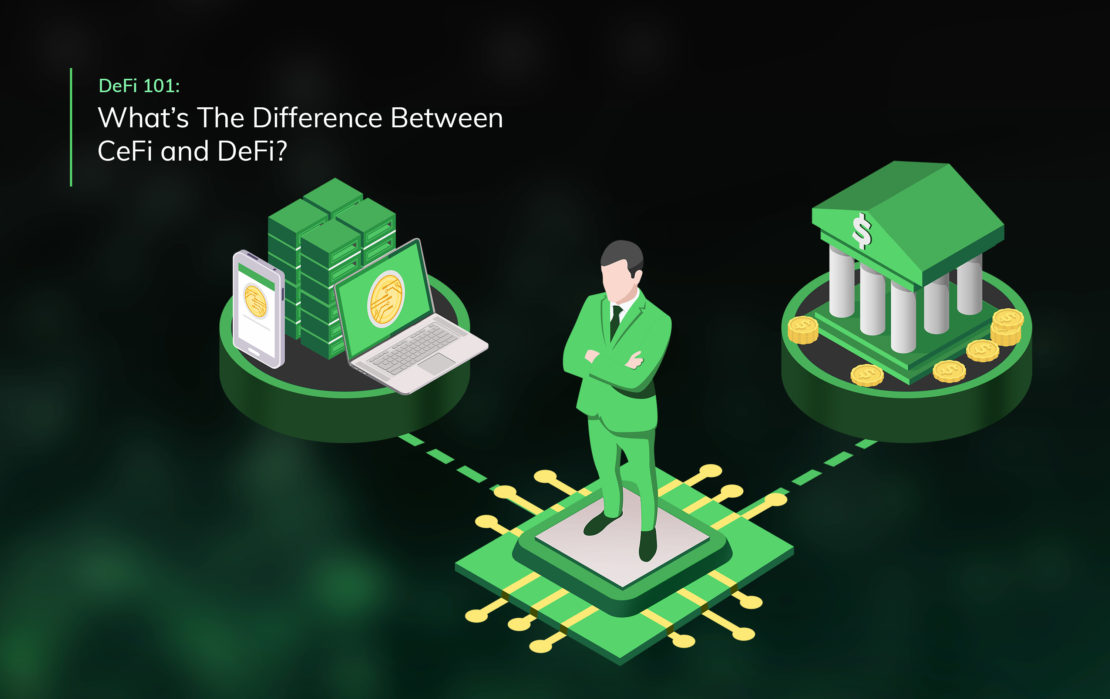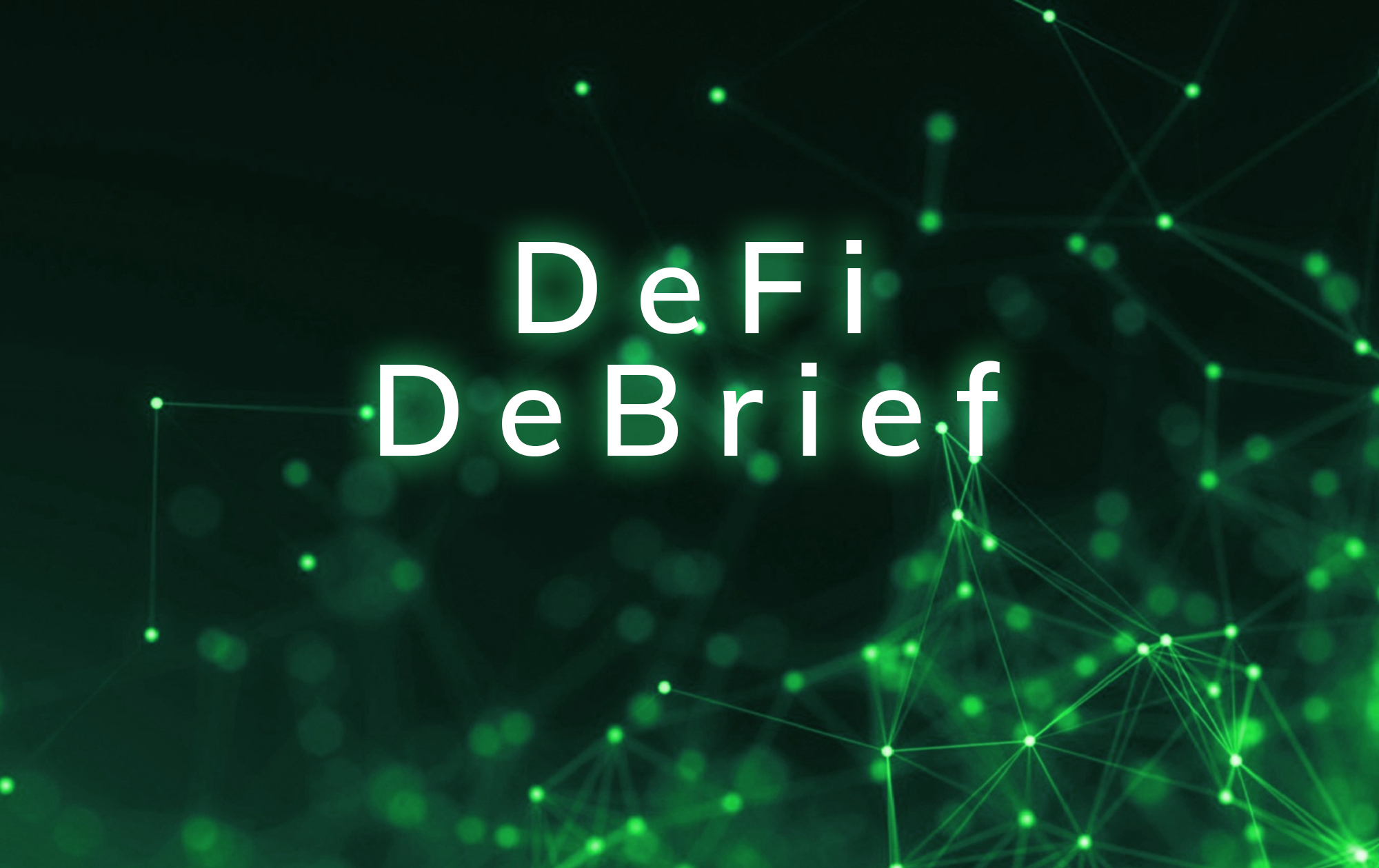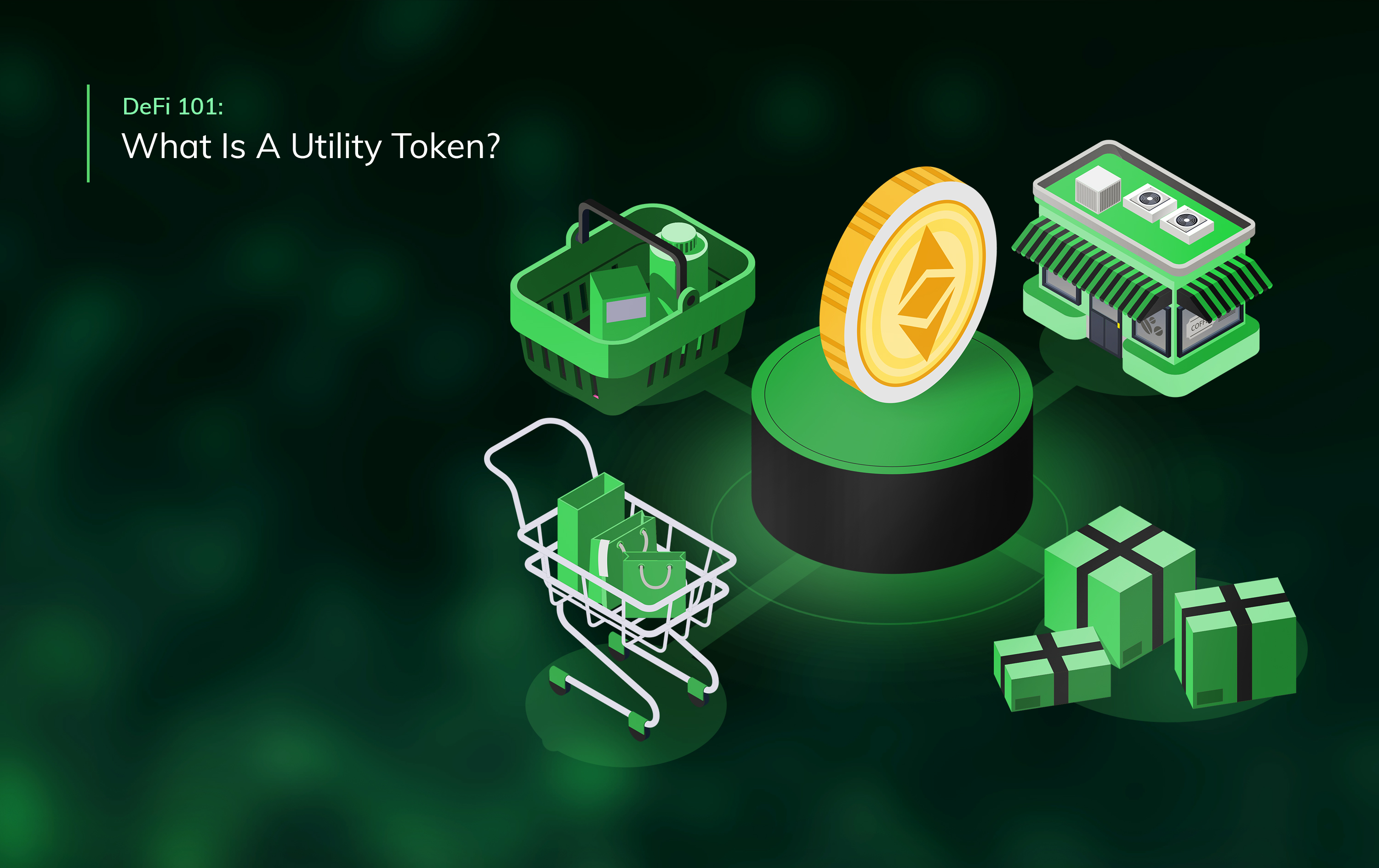DeFi 101: What’s The Difference Between CeFi and DeFi?
Decentralised finance, or DeFi for short, is the umbrella term used to describe financial applications on the blockchain.
These apps power everything from simpler activities, like trading cryptocurrencies, to more complex services, including borrowing money and making a loan. The most popular DeFi trading platforms are Uniswap and Curve Finance.
The top lending and borrowing protocols are the likes of Aave and Compound Finance. And the main difference between these examples and their centralised counterparts is that they run entirely on computer code, eliminating human intervention.
In contrast, CeFi works more like traditional finance. That’s to say — companies run platforms that might interact with decentralised protocols. But their services likely have a human intermediary somewhere in the process.
The likes of Coinbase and Kraken are perhaps the best-known CeFi platforms, helping users trade cryptocurrencies via a managed order book.
But what are the benefits of DeFi vs CeFi? Let’s take a look.
DeFi vs CeFi: Benefits of DeFi
Depending on who you ask, there’s an endless list of reasons to love DeFi. But we’ll keep things simple and focus on two core advantages.
DeFi is easier to access
If you want to use a decentralised finance service, you need little more than an internet connection and some cryptocurrency.
With these two things, you can send money across the world, open a savings account, even secure a loan. And therein lies one of the biggest selling points of DeFi. With nearly 2 billion people without a bank account right now, DeFi offers a lifeline.
If these people can get online, they have a way to store money, secure a line of credit, or send money home, pretty much without limits.
DeFi is 100% transparent
A second reason people like DeFi is that it’s entirely transparent. Blockchains record transactions on public ledgers, meaning anyone can see the details.
That reduces the risk of a major collapse, likely avoiding a repeat of an event like the 2008 financial crisis, where centralised lenders took on more debt than they could afford, all because they could hide the risk from the public eye.
But when the numbers sit on a public ledger, there’s nowhere to hide, arguably bringing more integrity to the ecosystem.
Still, that’s not to say smart contracts don’t hold a degree of risk.
DeFi vs CeFi: Benefits of CeFi
On the other side of the equation, CeFi can lay claim to a couple of distinct advantages, largely in usability and, to a degree, security.
CeFi is easier to use
Most of the people who try DeFi give up. That’s because most of the people who build DeFi platforms are developers by trade, not designers.
That means the sector has some highly innovative protocols, but they require a PhD as you have to jump through so many hoops to deposit assets. In contrast, CeFi platforms look much more familiar, mimicking what you find in a mobile banking app.
You can also deposit and withdraw cash (not just crypto) with most CeFi services, and the best ones offer dedicated customer support.
CeFi can be more secure
Decentralised finance is inherently secure thanks to the blockchain. That said, users have to safeguard their assets using a hot or cold wallet.
The setup introduces an element of risk because if you interact with the wrong smart contract (or mistakenly share your private key), you can lose all your money, and there’s no recourse. What’s more, DeFi smart contracts can have vulnerabilities, hence the endless media coverage of hacks.
In CeFi, platforms can implement security measures to ring-fence your assets and keep them secure. All the while, a regulated custodian keeps your funds under lock and key. And if you ever lose your password, you can reset it with one click.
Does DeFi or CeFi have better yields?
Whether you end up using DeFi or CeFi platforms, you’re likely to find much better yields than in traditional finance.
That’s because the ecosystem has much lower overheads than traditional finance, allowing platforms to offer higher APYs. The yields in CeFi are naturally slightly lower than those in DeFi, but the trade-off is worth it if you value simplicity and security.
Moreover, CeFi platforms can have lower fees than DeFi protocols (it’s free to invest in digital assets with Elitium), which often adds up to a significant saving. But if you’ve been in crypto for a while and are comfortable holding your own coins, DeFi could be more rewarding.
On the other hand, if you’re looking for a way to unlock the benefits of DeFi without worrying about security or complexity, CeFi is the more convenient option.
And with a platform like Elitium, the service will feel as personal as a private bank.




